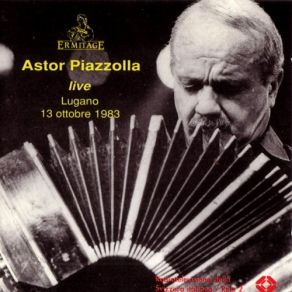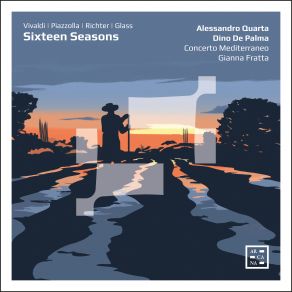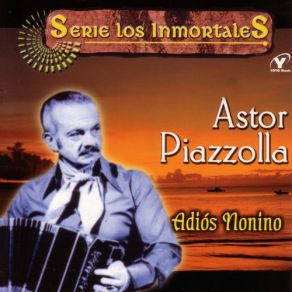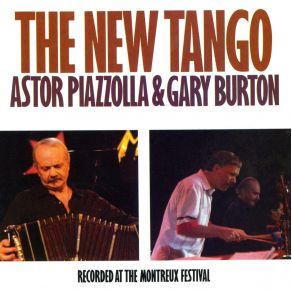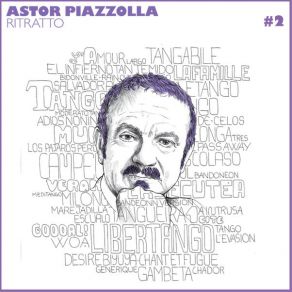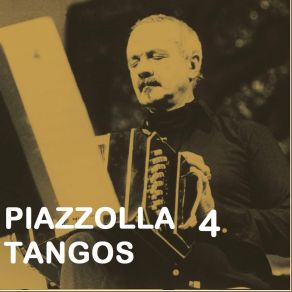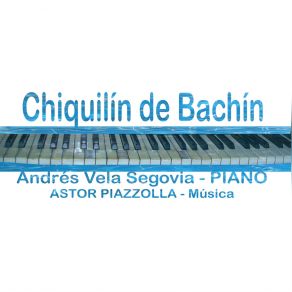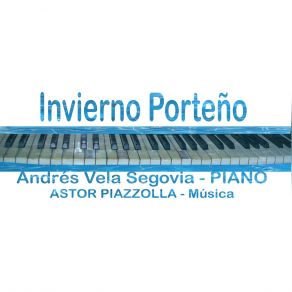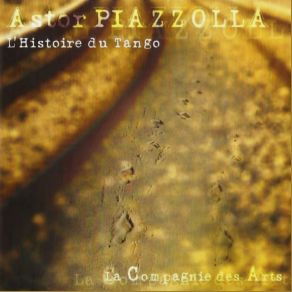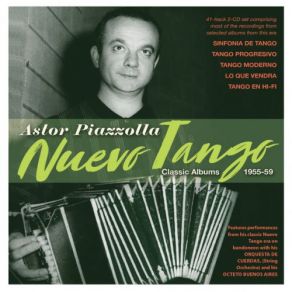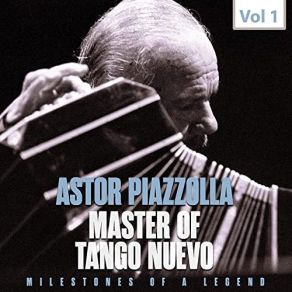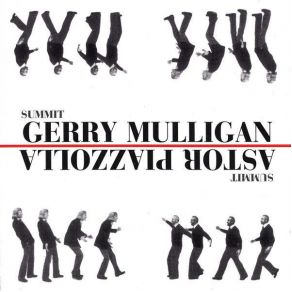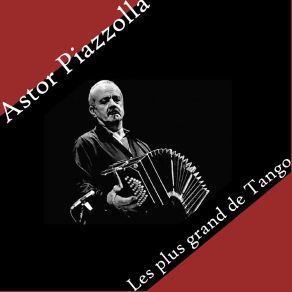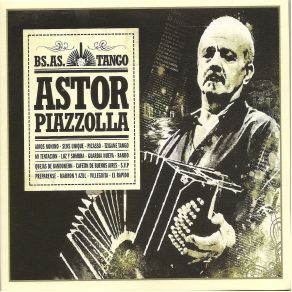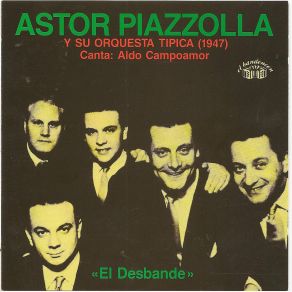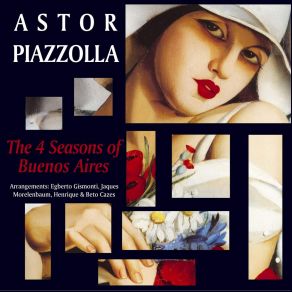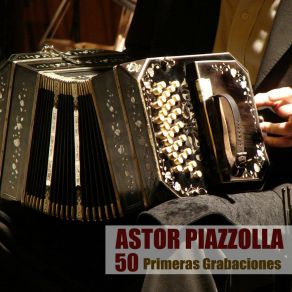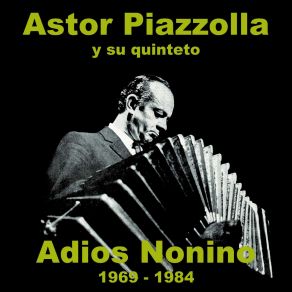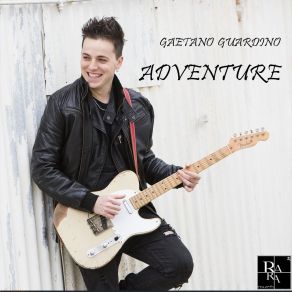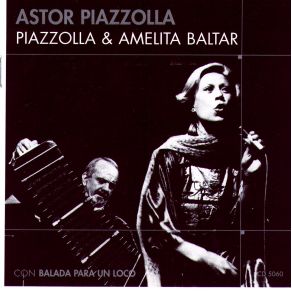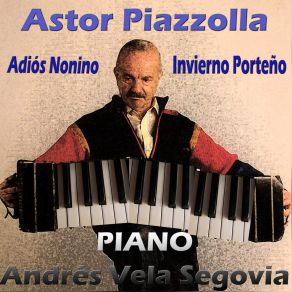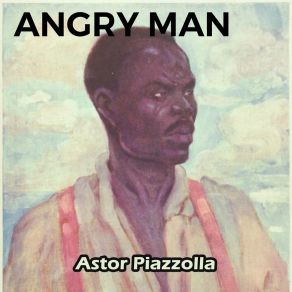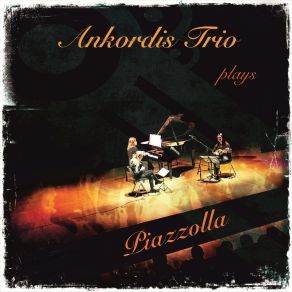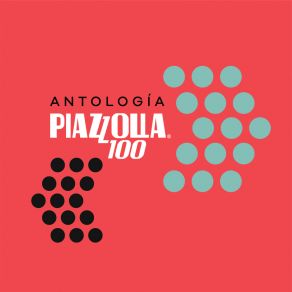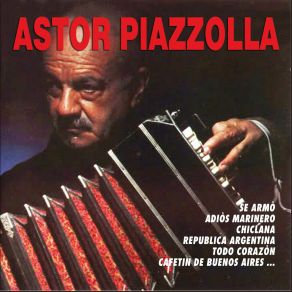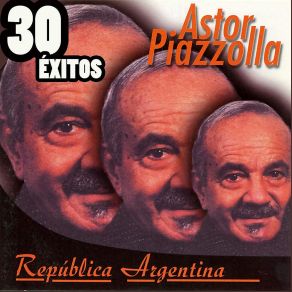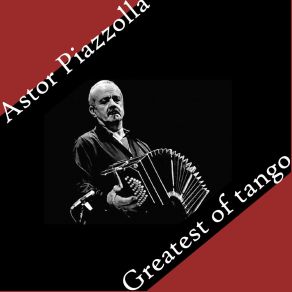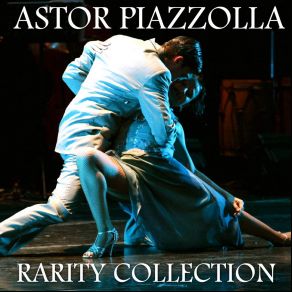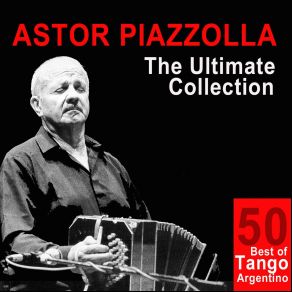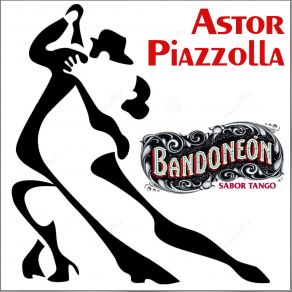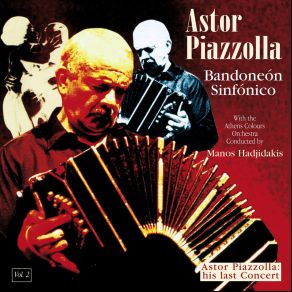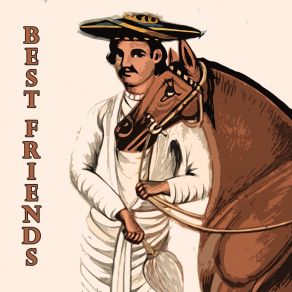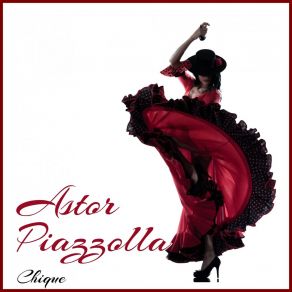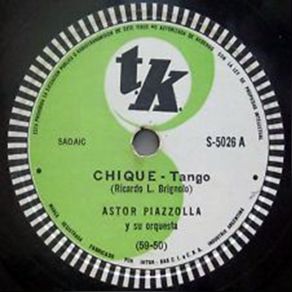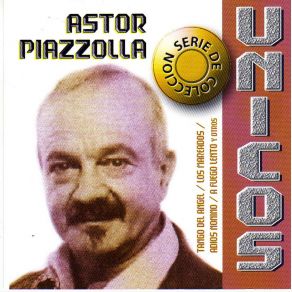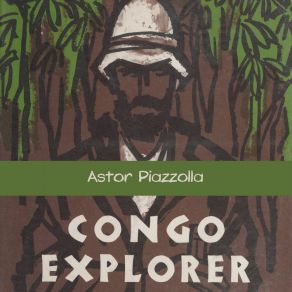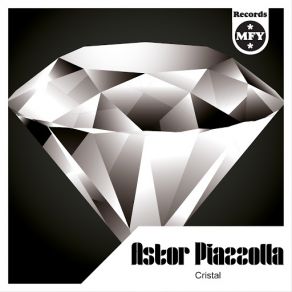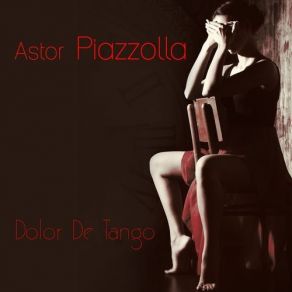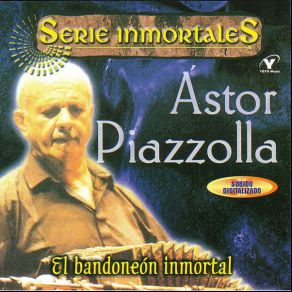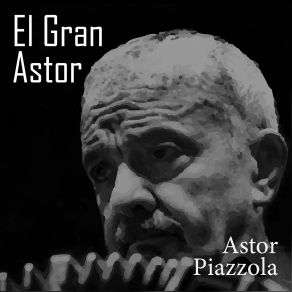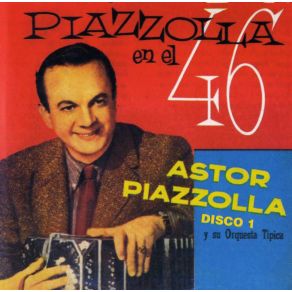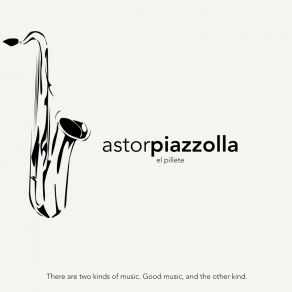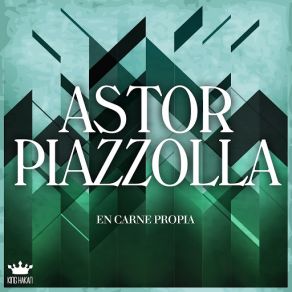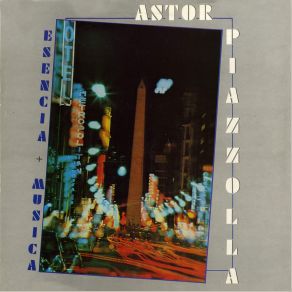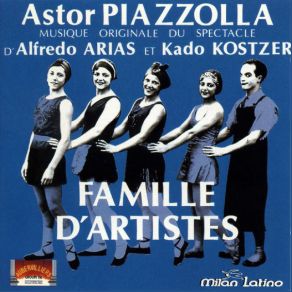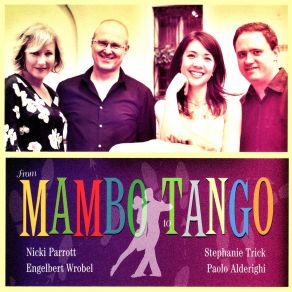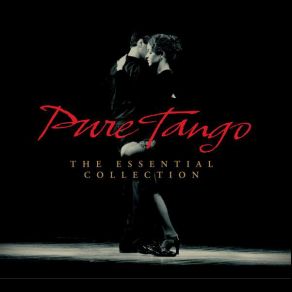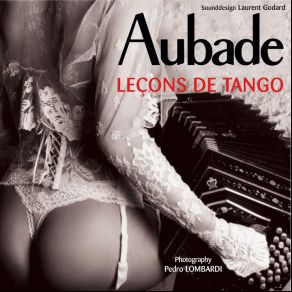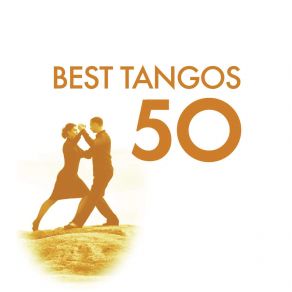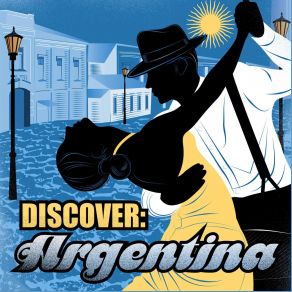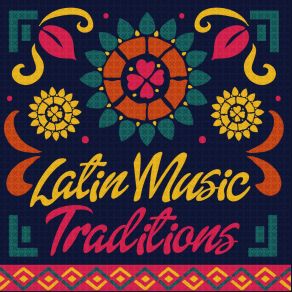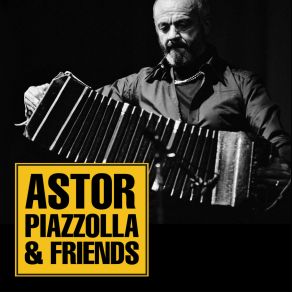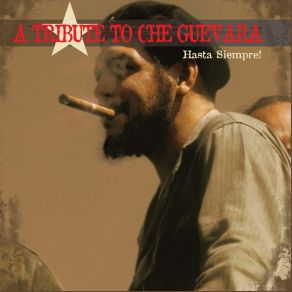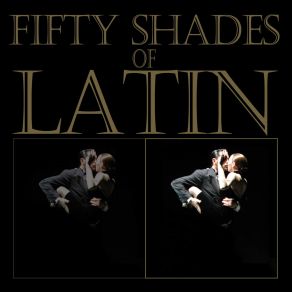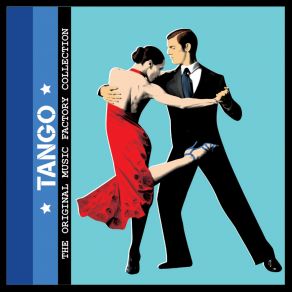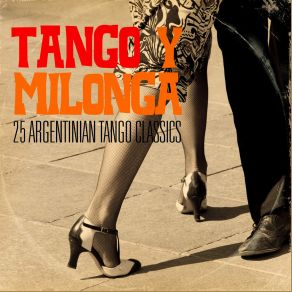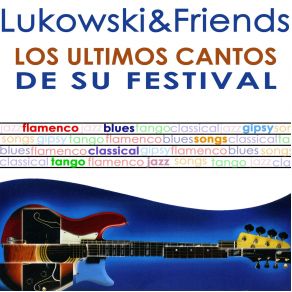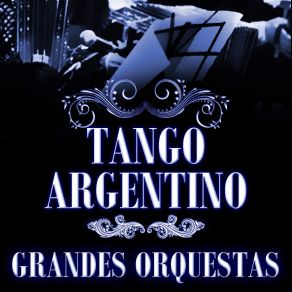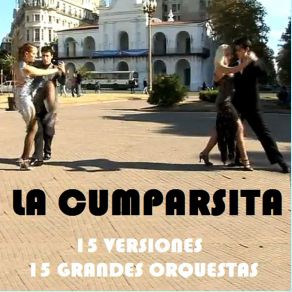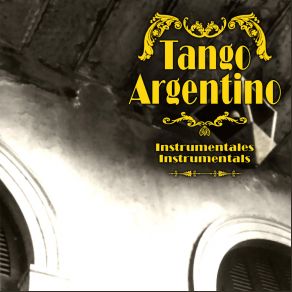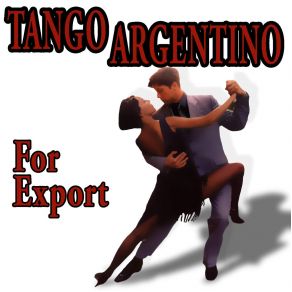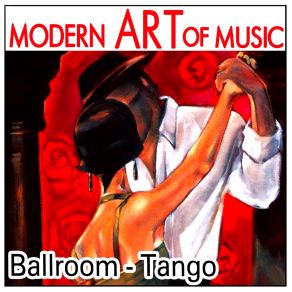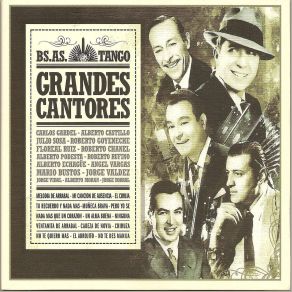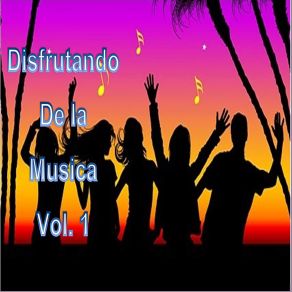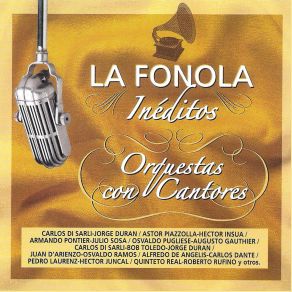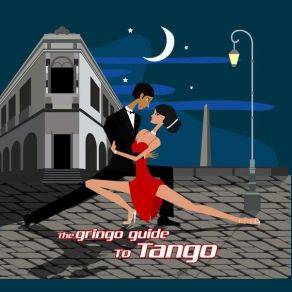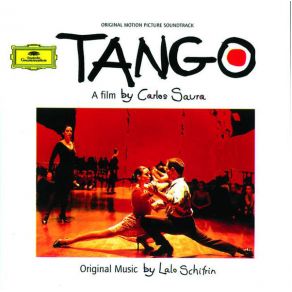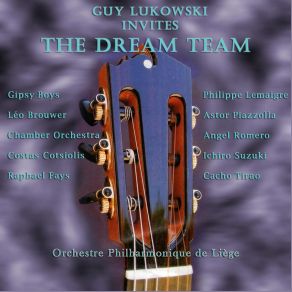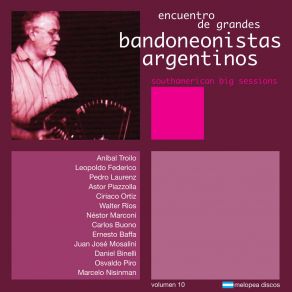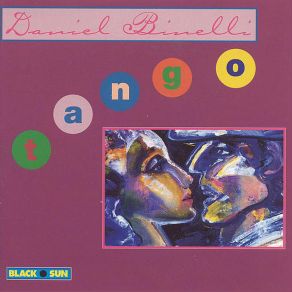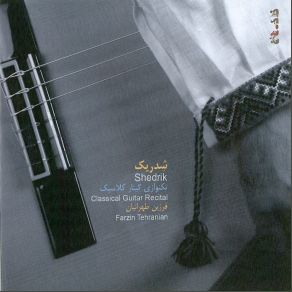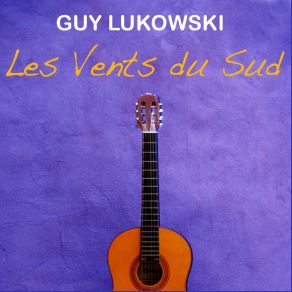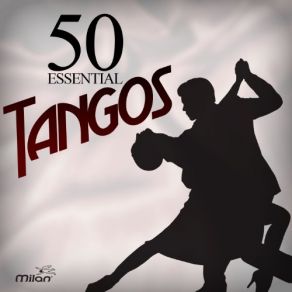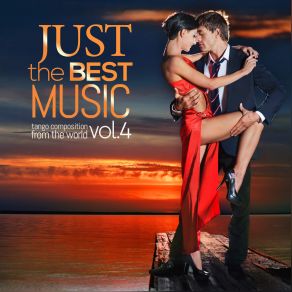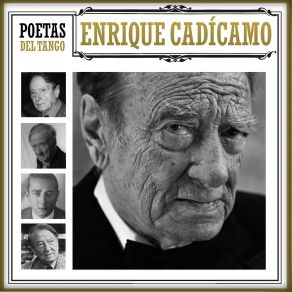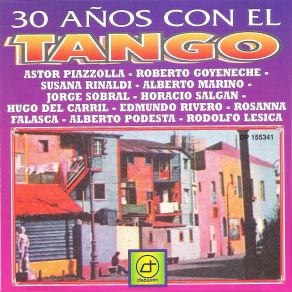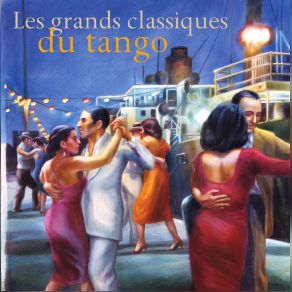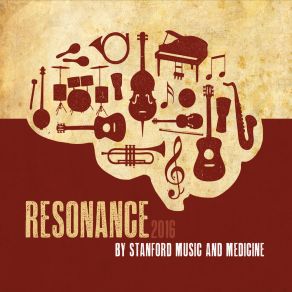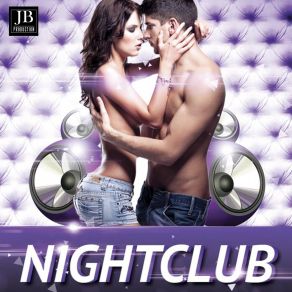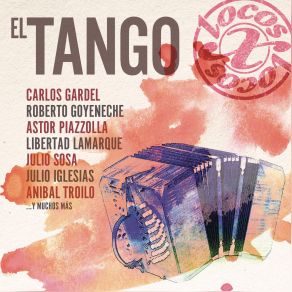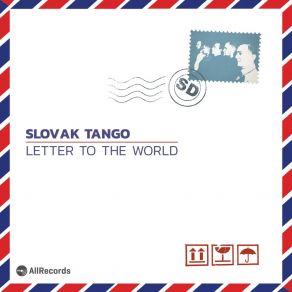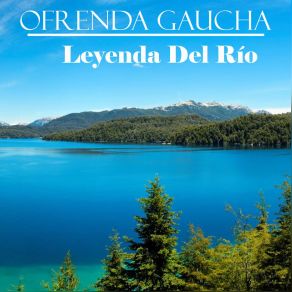Astor Piazzolla
Wikimp3 information about the music of Astor Piazzolla. On our website we have 70 albums and 70 collections of artist Astor Piazzolla. You can find useful information and download songs of this artist. We also know that Astor Piazzolla represents Latin genres.
Biography
[Edit]It's not hyperbole to say that Astor Piazzolla is the single most important figure in the history of tango, a towering giant whose shadow looms large over everything that preceded and followed him. Piazzolla's place in Argentina's greatest cultural export is roughly equivalent to that of Duke Ellington in jazz — the genius composer who took an earthy, sensual, even disreputable folk music and elevated it into a sophisticated form of high art. But even more than Ellington, Piazzolla was also a virtuosic performer with a near-unparalleled mastery of his chosen instrument, the bandoneon, a large button accordion noted for its unwieldy size and difficult fingering system. In Piazzolla's hands, tango was no longer strictly a dance music; his compositions borrowed from jazz and classical forms, creating a whole new harmonic and rhythmic vocabulary made for the concert hall more than the ballroom (which was dubbed "nuevo tango"). Some of his devices could be downright experimental — he wasn't afraid of dissonance or abrupt shifts in tempo and meter, and he often composed segmented pieces with hugely contrasting moods that interrupted the normal flow and demanded the audience's concentration. The complexity and ambition of Piazzolla's oeuvre brought him enormous international acclaim, particularly in Europe and Latin America, but it also earned him the lasting enmity of many tango purists, who attacked him mercilessly for his supposed abandonment of tradition (and even helped drive him out of the country for several years). But Piazzolla always stuck to his guns, and remained tango's foremost emissary to the world at large up until his death in 1992.
Piazzolla was born in Mar del Plata, Argentina, on March 11, 1921. His parents were poor Italian immigrants who moved to New York City in 1924, affording the young Piazzolla extensive exposure to jazz artists like Duke Ellington and Cab Calloway. His father also played tango records by the early masters, especially the legendary vocalist/composer Carlos Gardel, and gave Astor a bandoneon for his ninth birthday. In addition to lessons on that instrument (which encompassed American music, like Gershwin, as well as tango), Piazzolla also studied with classical pianist Bela Wilda in 1933, becoming an ardent fan of Bach and Rachmaninoff. Around the same time, the budding prodigy met and played with Carlos Gardel, appearing as a newspaper boy in Gardel's watershed tango film El Dia que Me Quieras. The teenaged Piazzolla turned down an offer to tour South America with Gardel in 1935, a fortuitous decision that kept him out of the tragic plane crash that claimed Gardel's life.
In 1936, Piazzolla's family returned to Mar del Plata, and his passion for tango music was fired anew by violinist Elvino Vardaro's sextet. The still-teenaged Piazzolla moved to Buenos Aires in 1938, seeking work as a musician. After about a year of dues-paying, he caught on with the widely renowned Anibal Troilo orchestra, where he spent several high-profile years. In the meantime, he continued his study of piano and music theory, counting future classical composer Alberto Ginastera (1941) and pianist Raul Spivak (1943) as his teachers. He began composing for Troilo during this period, although his more ambitious, classically influenced pieces were often edited for accessibility's sake. In 1944, Piazzolla left Troilo's group to become the orchestra leader behind singer Francisco Fiorentino; two years later, he formed his own group, playing mostly traditional tangos, yet already with hints of modernism. This group broke up in 1949, and Piazzolla, unsure of his musical direction, sought a way to leave tango behind for more refined pursuits. He studied Ravel, Bartók, and Stravinsky, also immersing himself in American jazz, and worked mostly on his compositional skills for a few years. His 1953 piece "Buenos Aires" caused a stir for its use of bandoneon in a classical orchestral setting.
In 1954, Piazzolla won a scholarship to study in Paris with the hugely influential Nadia Boulanger, who also taught Aaron Copland, Philip Glass, and Quincy Jones, among many others. Boulanger encouraged Piazzolla not to ignore tango, but to reinvigorate the form with his jazz and classical training. Piazzolla returned home in 1955 and immediately set the tango world on its ear, forming an octet that played tango as self-contained chamber music, rather than accompaniment for vocalists or dancers. The howls of protest from traditionalists continued unabated until 1958, when Piazzolla disbanded the group and went to New York City; there he worked as an arranger and experimented with a fusion of jazz and tango, also composing the famed "Adios Nonino," a lovely ode to his recently departed father.
Returning to Buenos Aires in 1960, Piazzolla formed his first quintet, the Quinteto Tango Nuevo, which would become the primary vehicle for his forward-looking vision. Over the course of the '60s, Piazzolla would refine and experiment heavily, pushing the formal structure of tango to its breaking point. In 1965, he made a record of his concert at New York's Philharmonic Hall, and also cut an album of poems by Jorge Luis Borges set to music. In 1967, Piazzolla struck a deal with poet Horacio Ferrer to collaborate exclusively with each other, resulting in the groundbreaking so-called "operita" Maria de Buenos Aires, which was premiered by singer Amelita Baltar in 1968 (she would later become Piazzolla's second wife). Piazzolla and Ferrer next collaborated on a series of "tango-canciones" (tango songs) which produced his first genuine commercial hit, "Balada Para un Loco" ("Ballad of a Madman"). In addition to composing songs and more elaborate pieces for orchestra (such as 1970's El Pueblo Joven), Piazzolla also flexed his muscles scoring numerous films of the period.
The '70s started out well for Piazzolla, as an acclaimed European tour brought the opportunity to form a nine-piece group to play his music in especially lush fashion. However, all was not well. Argentina's government was taken over by a conservative military faction, and everything that Piazzolla symbolized — modern refinement, an ostensible lack of respect for tradition — suddenly became politically unwelcome. In 1973, Piazzolla suffered a heart attack, and after recovering, he decided that, with sentiments running high against him, it would be wiser for him to live in Italy. There he formed a group called the Conjunto Electronico, which placed bandoneon at the forefront of what was essentially, instrumentation-wise, an electric jazz ensemble; this period also produced one of his most celebrated compositions, "Libertango." In 1974, Piazzolla cut an album with jazz baritone saxophonist Gerry Mulligan called Summit, with backing by Italian musicians; the following year, he found a new favorite vocal interpreter in Jose Angel Trelles. 1976 brought a major concert back in Buenos Aires, with the Conjunto Electronico premiering the piece "500 Motivaciones."
Tiring of electric music, Piazzolla formed a new quintet in 1978 and toured extensively all over the world, also composing new chamber and symphonic works in the meantime. His reputation grew steadily, making him a prime candidate for exposure in the U.S. during the world-music craze of the latter half of the '80s. In 1986, Piazzolla entered the studio with his quintet and American producer Kip Hanrahan and recorded what he considered the finest album of his career, Tango: Zero Hour. The same year, he played the Montreux Jazz Festival with vibraphonist Gary Burton, resulting in the live set Suite for Vibraphone and New Tango Quintet. The official follow-up to Tango: Zero Hour, The Rough Dancer and the Cyclical Night, won equally glowing reviews, and Piazzolla staged a major homecoming concert in New York's Central Park in 1987.
Unfortunately, at the height of his international fame (and belated celebration at home), Piazzolla's health began to fail him. He underwent quadruple bypass surgery in 1988, but recovered well enough to mount an international tour in 1989, including what would be his final concert in Argentina. La Camorra, another excellent recording, was released in 1989, the same year Piazzolla formed a new sextet with an unheard-of two bandoneons. In 1990, he recorded a short album with modern-classical iconoclasts the Kronos Quartet, titled Five Tango Sensations. Sadly, not long afterward, Piazzolla suffered a stroke that left him unable to perform or compose. Almost two years later, on July 4, 1992, he died in his beloved Buenos Aires due to the lingering after-effects, leaving behind a monumental legacy as one of South America's greatest musical figures ever, and a major composer of the 20th century.
Title: Astor Piazzolla: Live Lugano 13 Ottobre 1983
Artist: Astor Piazzolla
Genre: Jazz, Tango, Instrumental, Classical, Instrumental
Title: Serie Los Inmortales - Adiós Nonino / Serie Los Inmortales - Adios Nonino
Artist: Astor Piazzolla
Genre: World Music, Latin
Title: Let's Tango!
Artist: Carlos Gardel, Astor Piazzolla, Emmanuel Feldman, Victor Cayres
Title: The New Tango: Recorded At the Montreux Festival
Artist: Gary Burton, Astor Piazzolla
Genre: Latin
Title: Astor Piazzolla & Osvaldo Berlingieri
Artist: Astor Piazzolla, Su Orquesta, Su Quinteto, Osvaldo Berlingieri
Genre: Latin
Title: Invierno Porteño - Single / Invierno Porteno - Single
Artist: Astor Piazzolla, Andres Vela Segovia
Genre: Instrumental, Instrumental
Title: Astor Piazzolla - Les plus grand de Tango
Artist: Astor Piazzolla
Genre: Jazz, Tango, World Music, Latin, Opera
Title: Adiós Nonino / Adios Nonino
Artist: Astor Piazzolla
Genre: Tango, World Music, Latin, Instrumental, Instrumental
Title: Astor Piazzolla - Bs As Tango -
Artist: Astor Piazzolla
Genre: Jazz, Tango, World Music, Latin, Opera
Title: Astor Piazzolla y su orquesta tipica - El desbande
Artist: Astor Piazzolla, Su Orquesta
Genre: Tango, World Music
Title: 50 Primeras Grabaciones
Artist: Astor Piazzolla
Genre: House, Dancefloor, Latin Folk, Latin, Dance Pop
Title: Bailes de Salón: Tangos / Bailes de Salon: Tangos
Artist: Astor Piazzolla, Aníbal Troilo / Anibal Troilo, Hugo Jordan
Genre: World Music, Latin
Title: Antología - PIAZZOLLA100 / Antologia - PIAZZOLLA100
Artist: Astor Piazzolla
Genre: Latin Folk
Title: Astor Piazzolla – Greatests of Tango / Astor Piazzolla - Greatests of Tango
Artist: Astor Piazzolla
Genre: Latin
Title: Astor Piazzolla Rarity Collection
Artist: Astor Piazzolla
Genre: Jazz, World Music, Latin, Pop, Opera
Title: Astor Piazzolla: The Ultimate Collection (50 Best of Tango Argentino)
Artist: Astor Piazzolla
Genre: Latin
Title: Colección Únicos: Astor Piazzolla / Coleccion Unicos: Astor Piazzolla
Artist: Astor Piazzolla
Genre: Jazz, Tango, World Music, Latin
Title: Astor Piazzolla: Best Tangos
Artist: Astor Piazzolla, Dana Protopopescu
Title: El Bandoneón Inmortal (Remastered) / El Bandoneon Inmortal (Remastered)
Artist: Astor Piazzolla
Genre: Latin
Title: El Mejor Disco De Astor Piazzolla
Artist: Astor Piazzolla
Genre: Jazz, Tango, World Music, Latin, Instrumental
Collections
Title: The 50 Best Latin Jazz Songs Ever
Genre: Latin
Title: Love Love Love (30 Greatest Hits of Love)
Genre: Pop
Title: The No. 1 Latin Jazz Album Ever!
Genre: Latin
Title: Top 50 World Music Treasures
Genre: World Music
Title: An Introduction to Amiata's New Music Series
Genre: World Music
Title: Pure Tango
Genre: Latin
Title: Folk Melodies from Around the World
Genre: Pop
Title: 20 Orquestas - 40 Tangos
Genre: World Music
Title: Aubade Tango Lessons
Genre: Alternative Rock, Latin
Title: Alfredo De Angelis & Other Great Latin Composers
Genre: Latin
Title: Tango Master & Mistress 50 Original Favourites
Genre: Latin
Title: Tango Buenos Airés, Vol. 2 / Tango Buenos Aires, Vol. 2
Genre: Latin
Title: 50 Best Tango
Genre:
Title: Voice Accompaniments, Vol. 1
Genre: Instrumental
Title: Discover: Argentina
Genre: World Music, Latin
Title: World Music: Tango
Genre: World Music, Latin
Title: Latin Music: Traditions
Genre: Latin
Title: Platinum Collection Latin Music Vol. 4
Genre: Latin
Title: Essential Tangos
Title: Astor Piazzola & Friends
Genre: Latin
Title: Los Mejores 13 - Tango-Las Orquestas
Genre: Latin
Title: A Tribute to Che Guevara - Hasta Siempre!
Genre: Latin
Title: Fifty Shades Of Latin
Genre: Latin
Title: The Original Music Factory Collection: Tango
Genre: Latin
Title: Classical Relaxation Vol. 3
Genre:
Title: Tango y Milonga (25 Argentinian Tango Classics)
Genre: Latin
Title: Los Ultimos Cantos
Genre: World Music
Title: The Most Essential Tango
Genre: World Music
Title: Tango Argentino-Grandes Orquestas
Genre: Tango, World Music
Title: Tango Hits
Genre: Rock, Songwriter/Lyricist
Title: Grabación Cumbre / Grabacion Cumbre
Genre: Latin
Title: Tango Argentino Instrumental
Genre: Tango, World Music
Title: Tangos For Export
Genre: Tango, World Music
Title: Modern Art of Music: Ballroom - Tango
Genre: Latin
Title: I Like Tango 2
Genre: Latin
Title: A Night In Argentina
Genre: World Music, Latin
Title: Tango Classics, Vol.2
Genre: World Music
Title: The Greatest Tango Collection Ever Made
Genre: Latin
Title: Valses Que No Se Olvidan
Genre: World Music, Latin
Title: Let's Dance Tango 2
Genre: Tango, World Music
Title: Great Argentine Tangos (1940 - 1960), Vol. 2
Genre: Latin
Title: 50 Tangos de Lujo
Genre: Latin
Title: I Love Tango
Genre: World Music
Title: Tangos Vol. IX
Genre: Tango, World Music
Title: Tangos Vol. X
Genre: Tango, World Music
Title: Talent - 30 Original Songs: Tango
Genre: Latin
Title: Todo Tango
Genre: Latin
Title: 24 Tangos for Export
Genre: Tango, World Music, Latin
Title: Historias de Tango
Genre: World Music, Latin
Title: My Argentina
Genre: World Music, Latin
Title: Grandes Orquestas - Bs As Tango -
Genre: Tango, World Music
Title: Musiques pour thé dansant / Musiques pour the dansant
Genre: Pop
Title: Sensaciones y Contrastes
Genre: Latin
Title: 30 Original Songs - Tango
Genre: Latin
Title: Tango & Latin Dance Music
Genre: Jazz
Title: Tangos Mas Famosos del Mundo
Genre: Latin
Title: The Gringo Guide to Tango
Genre: Latin
Title: No. 1 Classic Tango Collection
Genre: Latin
Title: Music & Highlights: Ballroom - Tango
Genre: Latin
Featuring albums
Title: Guy Lukowski Invites the Dream Team
Artist: Leo Brouwer, Costas Cotsiolis, Gipsy Boys
Genre: World Music
Title: Just the Best Music Vol. 4 Tango Compositions from the World
Artist: Various Artists
Genre: Tango, World Music
Title: Poetas del Tango Enrique Cadícamo / Poetas del Tango Enrique Cadicamo
Artist: Various Artists
Genre: Tango, World Music
Title: De un Tiempo Que Pasó, Vol. 16 / De un Tiempo Que Paso, Vol. 16
Artist: Various Artists
Genre: Tango, World Music
Title: A Broke Down Melody (Motion Picture Soundtrack)
Artist: Various Artists
Genre: Theatre/Soundtrack
Title: 30 Años Con el Tango / 30 Anos Con el Tango
Artist: Various Artists
Genre: Tango, World Music
Title: Mi Voz (Massimo Severino Arrangements) [feat. Dimitri Severino]
Artist: Massimo Severino
Genre: Alternative
Title: Mare Tranquillitatis
Artist: Gotan Project, F. D. Project
Genre: Dancefloor, World Music, Pop
Title: Tango - La Selection Radio Latina
Artist: Gotan Project
Genre: Trip Hop, Electronica, Nu Jazz, Dub, Tango
Title: Saint-Germain-Des-Prés Café Vol. 5 / Saint-Germain-Des-Pres Cafe Vol. 5
Artist: Stacey Kent
Genre: Jazz, Vocal Jazz, Smooth Jazz
Title: Not A Word (Live At The State Theatre, Pretoria / 1998)
Artist: Sergio Zampolli
Genre: World Music, Ethnic
Title: Grandes Éxitos de Argentina / Grandes Exitos de Argentina
Artist: Various Artists
Genre: Latin
Title: Ensayo Acústico / Ensayo Acustico
Artist: La Cosa
Genre: Rock, Progressive Rock, Progressive Metal
Title: Ofrenda Gaucha: Leyenda del Río / Ofrenda Gaucha: Leyenda del Rio
Artist: Various Artists
Genre: Tango, World Music

